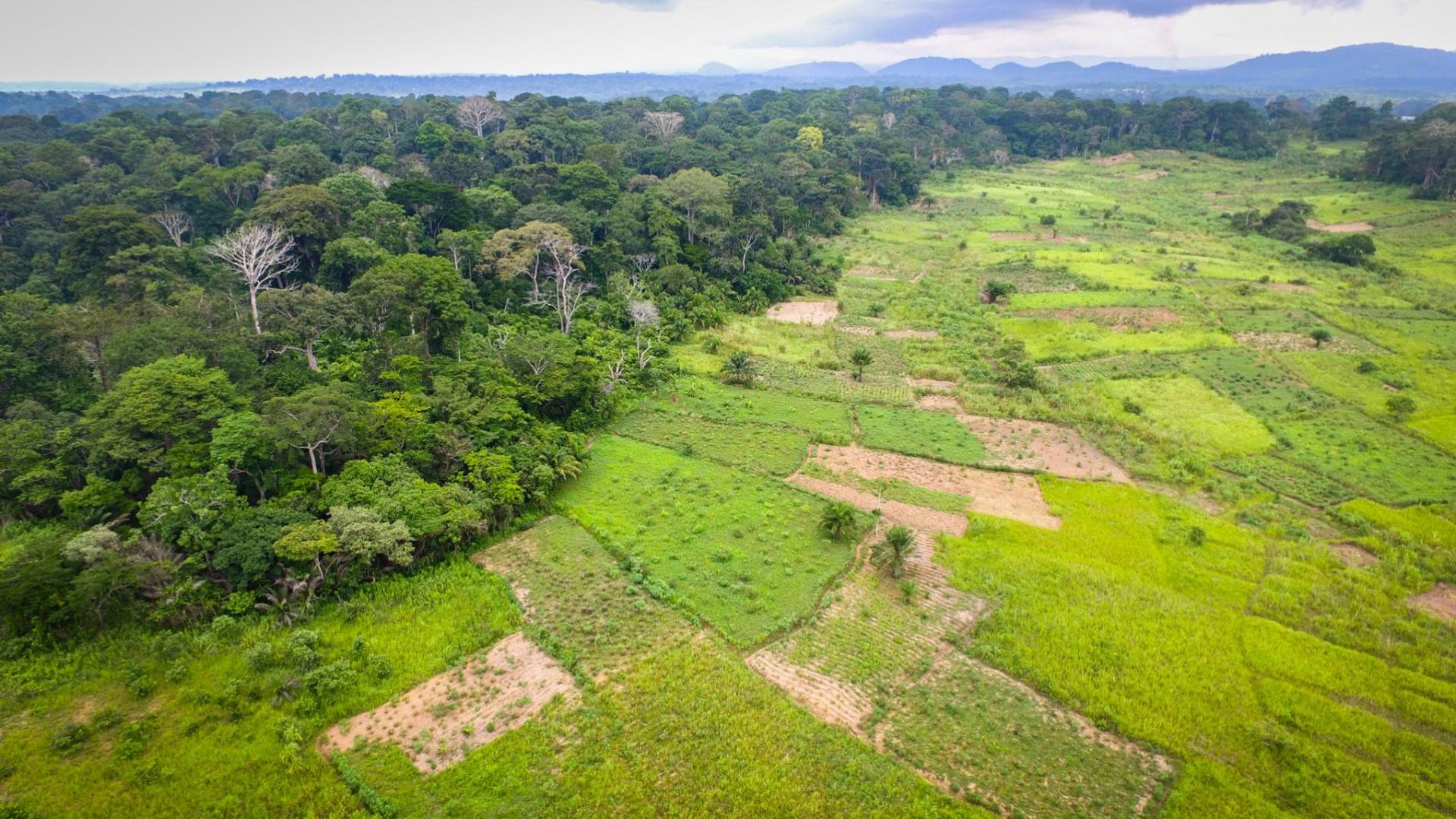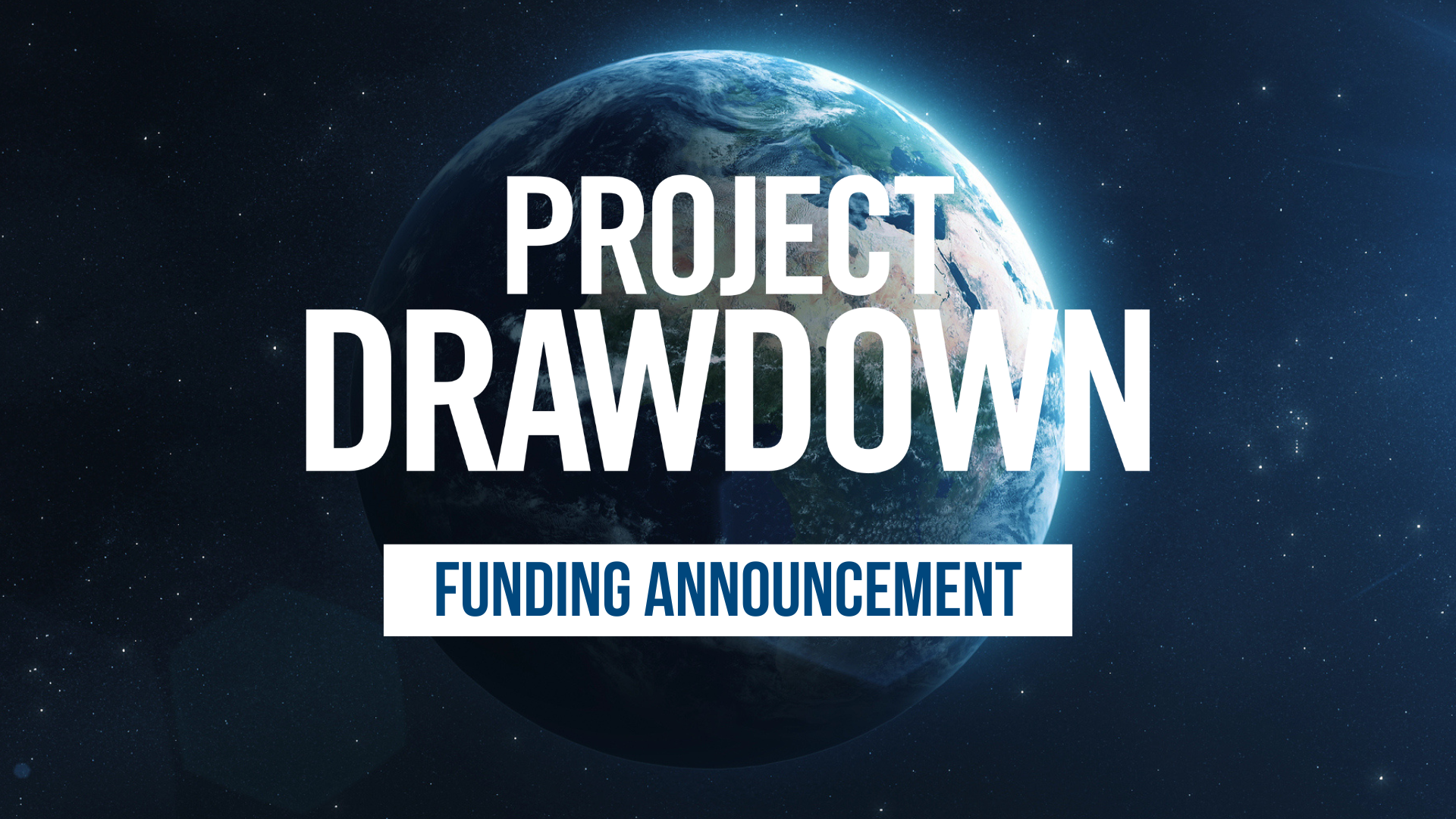The study, published October 12 in Global Change Biology, analyzes 20 land-based measures that reduce greenhouse gas emissions or remove greenhouse gases from the atmosphere. They include the protection, management and restoration of forests and other ecosystems; changes in agricultural practices; soil carbon sequestration in croplands and grasslands; use of bioenergy; and demand-side measures within food systems, such as reducing food waste and shifting to more sustainable and less livestock-dependent diets.
"Our analysis shows which and how much nature-based solutions could be prioritized country by country," said Stephanie Roe, an environmental scientist at Climate Focus and the lead author of the study. "Many land-based mitigation activities are unique in that they can be rapidly implemented, provide additional environmental and socio-economic co-benefits, work in tandem with the decarbonization of other sectors—like energy, and are relatively low cost. For many countries, they also provide the largest share of the low-cost mitigation needed to reach net zero emissions by mid-century and deliver on the Paris Agreement targets."
The section to which Frischmann primarily contributed focused on consumer measures critical for reducing methane emissions, including plant-rich diets and reducing food loss and waste.
As the recent IPCC report emphasized, methane is responsible for some 30–50 percent of the ~1ºC warming that we see today, about one-third of which comes from land. Because methane only stays in the atmosphere for 10–20 years and is about 80 times more potent than carbon dioxide, mitigating methane emissions is a highly effective strategy for reducing warming in the near-term. Livestock management measures laid out in the study, such as reducing enteric fermentation and manure management, and consumer measures that reduce food waste and shift to plant-rich diets, are crucial for curbing methane.
"Preventing food waste and shifting to healthier, more sustainable—and still delicious—diets turns out to be crucial for achieving the 1.5ºC climate targets, ensuring future food security, and preventing continued degradation of ecosystems," Frischmann said. "When we choose to purchase food that is produced regeneratively, adopt a plant-rich diet, and reduce the ridiculous amount of food that is wasted, it turns out that a large part of the climate crisis can be averted, food security for all people can be ensured, and massive deforestation would be avoided. This is the definition of a win-win-win solution."
Other findings include:
- Land-based measures could cumulatively reduce CO2 emissions (or their equivalents) by 8–13.8 billion metric tons every year between 2020 and 2050, or approximately 20–30 percent of the total mitigation needed to achieve the 1.5ºC temperature target.
- Roughly half of cost-effective mitigation potential comes from the protection, restoration and improved management of forests and other ecosystems; 35 percent comes from changes in agriculture; and 15 percent comes from demand-side measures (an amount that triples when considering the impact of reduced food waste and diet shifts on avoided land conversion).
- Forest protection that avoids deforestation and conversion of wetlands provides the highest level of mitigation potential (28 percent of total cost-effective potential); more than ecosystem restoration (13 percent) or forest management (7 percent).
- About one-third of countries have cost-effective nature-based solutions that are more than 50 percent of their total national emissions, whereas about 15 percent of countries have potential that exceeds all their emissions.
- About 60 percent of the cost-effective mitigation potential is found in top 15 countries, mainly because of their large size: Brazil, China, Indonesia, United States, India, Russian Federation, Canada, the Democratic Republic of the Congo (DRC), Colombia, Mexico, Argentina, Australia, Bolivia, Peru, and Myanmar.
- But when considering mitigation potential per unit area, the top 15 countries shift toward smaller, mostly forested countries and island states: Maldives, Brunei, Bangladesh, Indonesia, Vietnam, Trinidad and Tobago, Malaysia, Malta, Rwanda, South Korea, Netherlands, Cambodia, Mauritius, Philippines and El Salvador.
- Investment, governance and other conditions affect the feasibility of delivering land-based mitigation. To assess barriers and opportunities for implementation, the researchers developed a feasibility index based on 19 indicators. Feasibility scores identify challenges and opportunities for land-based mitigation in each country. About 80 percent of potential is in developing and least-developed countries.
"Assisting countries to overcome barriers—particularly through enhanced financing and investments—will be critical to realizing a significant amount of near-term reductions in GHG emissions," Roe said.





